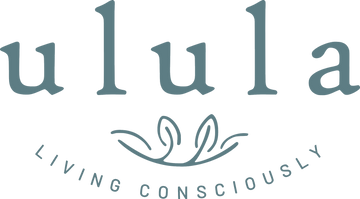New studies show that classic bath toys with holes can be harmful to your children's health
With the arrival of summer, many of us have brought out the paddling pools, much to the delight of little tots and water babies! Remember, though, that bath ducks and other toys that thousands of young children play with in the bath or paddling pool can be veritable bacteria bombs. This has emerged in a new study conducted by Force technology.
6,500 times higher than the permitted limit value
Terese Hoffeldt is the founder of HEVEA, a company that makes products of natural rubber. As part of her ongoing commitment to product development, she recently asked Force technology to analyse bath toys with holes and the bacteria they contain. And the answer is clear: The bath toys are full of biological bacteria. Terese Hoffeldt is not surprised by the result: "When my daughter was a baby, she loved sitting in the bath tub with her bath ducks. That was when I discovered you could squeeze some blackish muck out of them after use. Apart from the fact that it looked disgusting, I couldn't help thinking that it had to be unhealthy," Terese Hoffeldt explains. The bacteria forms in hollow bath animals with holes that therefore store bathwater, which contains soap, skin cells and other bathing residues.


The test result shows that the viable count (unit of measurement for drinking water) is 950 times higher than the maximum permitted limit value for drinking water in Denmark, in the bath duck tested, and 6,500 times higher in the frog that was tested, which means they are very unhygienic. That is why Terese designs bath toys herself entirely free of holes. The filthy bath toys in her daughter's bath tub were the starting point for HEVEA's own bath assortment. HEVEA's bath toys are designed without holes, so they do not collect any water, which means they do not collect bacteria. "Although it was tempting to put holes in them, because we know children find it amusing to squirt water out of the bath toy, we didn't want to create potential bacteria bombs. The new analysis underlines that this was the correct choice. Apart from the fact that bath animals without holes are much more hygienic and easy to wipe and clean, they are lighter, too, and they float better than bath animals with holes," Terese explains. Moreover, all HEVEA's products are made from natural rubber from the hevea tree, so the material is entirely free from hazardous phthalates, BPA and toxins. They can withstand being chewed by children; in fact, all the products are designed with precisely that in mind.
Useful tips for clean bathing water
- Be sure to buy good quality bath tubs and paddling pools. Cheap ones may contain a cocktail of toxins such as BPA, which is released particularly in wet and warm conditions, i.e. into your child's bathwater.
- Paddling pools for outdoor use are more susceptible to attracting bacteria from soil and animals, for example, and the sun heats the water, so it is important to change the water in the pool frequently.
- Remember to clean it before refilling.
- Choose bath toys without holes, and be sure to wash and dry them thoroughly after use.


